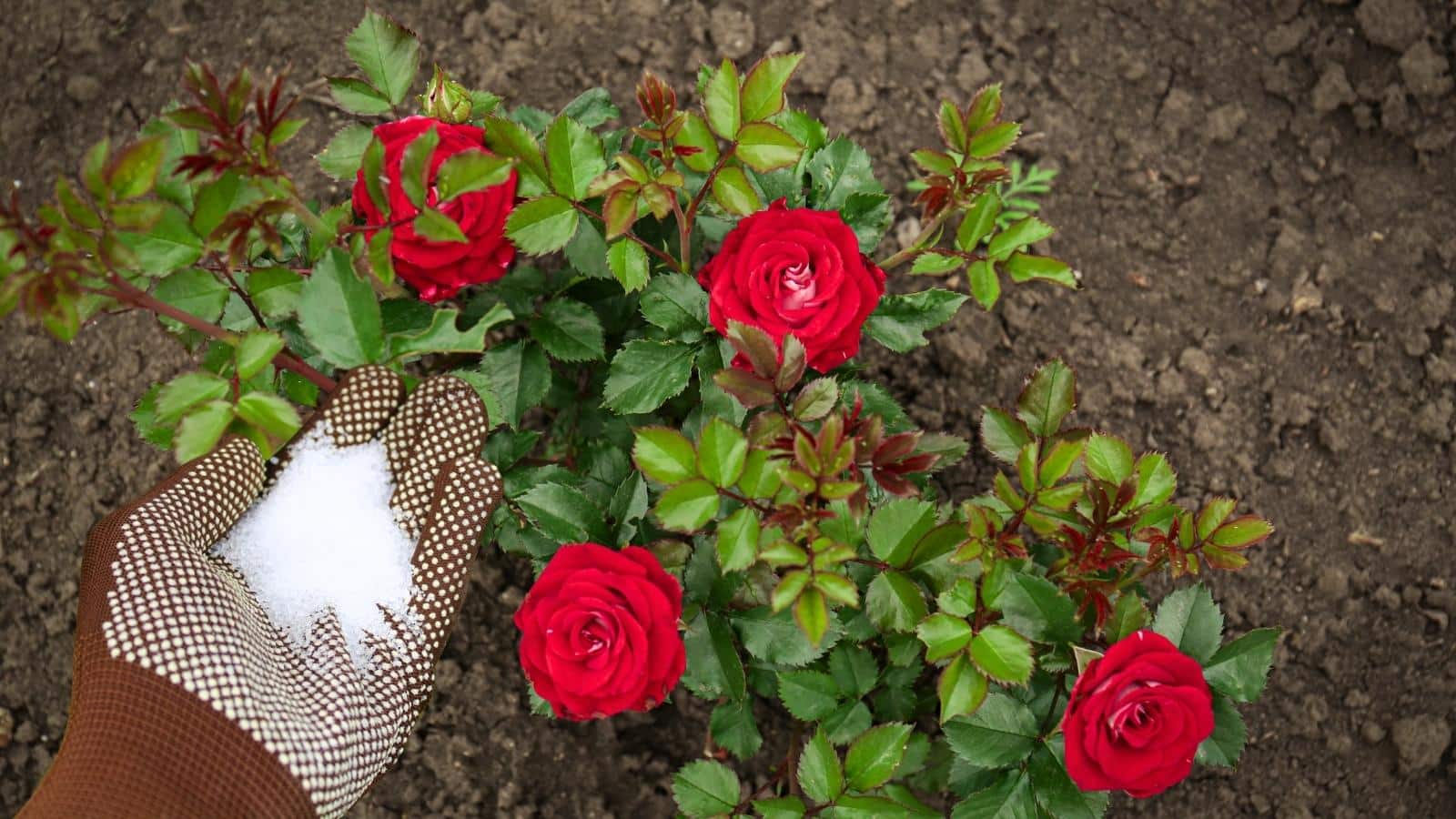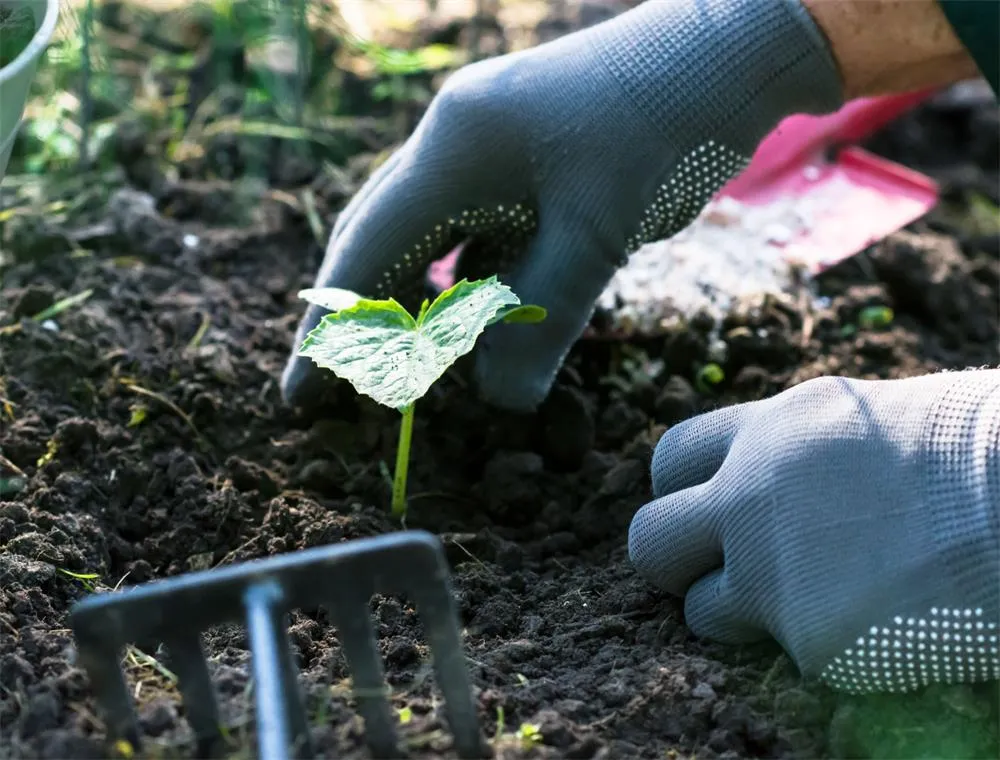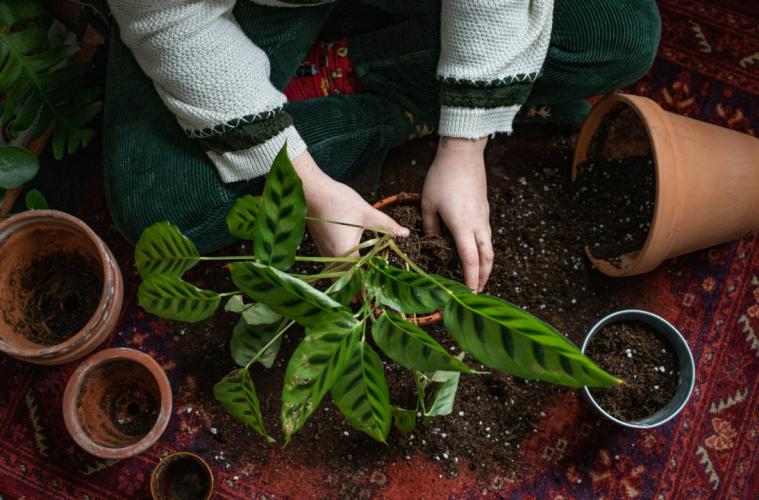While table salt and rock salt can be detrimental to plants, Epsom salt stands out as a beneficial gardening aid when used correctly. Many gardeners swear by its positive effects, but understanding when and how to use it is key to reaping its benefits.
What is Epsom Salt?
Epsom salt, or magnesium sulfate, is a naturally occurring compound made up of sulfur, oxygen, and magnesium. Although it resembles table salt, Epsom salt has a distinct bitter taste and plays a crucial role in plant health by enhancing nutrient absorption.
In addition to its gardening uses, Epsom salt is popular among people for its supposed health benefits, such as relieving muscle soreness and aiding certain ailments when added to bath water or consumed. However, it’s important to consult a healthcare provider before ingesting Epsom salt, especially if pregnant or suffering from kidney problems, skin infections, or other conditions.

Pixabay
Benefits of Epsom Salt for plants
Generations of gardeners have reported that Epsom salt promotes bushier growth, more abundant flowers, and improved colour in plants. It’s also said to enhance seed germination and repel pests like slugs.
However, the effectiveness of Epsom salt largely depends on your soil’s magnesium levels. It is advised against using Epsom salt unless a soil test confirms a magnesium deficiency, as excessive use can harm plants and soil health.
Identifying Magnesium deficiency
To determine if your soil lacks magnesium, you can send a sample to your local county extension service for testing. Look for these signs of nutrient deficiency in your plants:
General yellowing: If a plant turns greenish-yellow or yellow overall, it may require sulfate.
Interveinal chlorosis: When leaves turn yellow between the veins while the veins remain green, it indicates a need for magnesium.
It’s important to note that other factors, such as soil pH and weather conditions, can also influence plant health. Consulting with an extension service agent can help you pinpoint the exact cause of these symptoms.
How to use Epsom Salt in your garden
If a soil test or plant symptoms suggest a magnesium deficiency, you can use Epsom salt to improve plant health. Here’s how:
Soil application: For garden beds, sprinkle about one tablespoon of Epsom salt per foot of plant height around the base of the plant. Lightly mix it into the soil and water thoroughly.
Foliar spray: Dissolve one tablespoon of Epsom salt in a gallon of water and spray the solution directly onto the leaves. This method allows for quicker absorption.
Regular maintenance: To maintain magnesium levels, you can apply Epsom salt every month during the growing season.

Pexels
Epsom salt can be a valuable tool for gardeners when used appropriately. By ensuring your soil has the right nutrient balance, you can help your plants thrive and enjoy a more bountiful garden.
Always remember to test your soil before applying Epsom salt to avoid potential harm and maximize the benefits for your plants.
ALSO SEE: DOES EPSOM SALT KILL ANTS AND IS IT SAFE FOR YOUR GARDEN?
Feature image: Pexels

